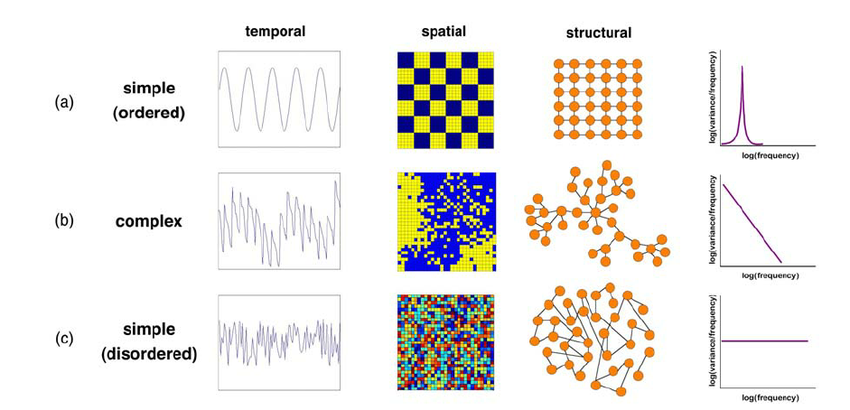Spatial temporal is a concept that relates to both space and time. It is a term used to describe the relationship between events that occur at different points in space and time. Spatial temporal data is becoming increasingly important in many fields, including climate science, transportation, and epidemiology. This article will explore the concept of spatial temporal, its importance, and some of the ways in which it is used.
Spatial temporal data can be described as data that includes both spatial and temporal components. Spatial data refers to information about the location of events, while temporal data refers to the time at which events occur. Spatial temporal data combines both of these components, providing a more comprehensive picture of the events being analyzed.
The use of spatial temporal data is becoming increasingly important in fields such as climate science. Researchers are using this type of data to analyze changes in temperature, precipitation, and other climate variables over time and across different locations. This is important for understanding how climate change is affecting different regions and for developing strategies to mitigate its effects.
Spatial temporal data is also important in transportation. For example, traffic flow data collected over time and at different locations can be used to optimize traffic management systems. This can help reduce congestion and improve safety on the roads.
In epidemiology, spatial temporal data is used to track the spread of infectious diseases. By analyzing the locations and timing of cases, researchers can identify patterns and understand how the disease is spreading. This information can be used to develop strategies for controlling the spread of the disease.
There are several methods for analyzing spatial temporal data. One approach is to use statistical methods to identify patterns and trends. For example, time series analysis can be used to identify trends over time, while spatial analysis can be used to identify patterns across different locations.
Another approach is to use machine learning algorithms to analyze spatial temporal data. Machine learning algorithms can identify complex patterns and relationships that may be difficult to detect using traditional statistical methods. This can be particularly useful in fields such as climate science, where there may be many different variables to consider.
There are also several tools and platforms available for working with spatial temporal data. For example, the ArcGIS platform provides a range of tools for analyzing and visualizing spatial temporal data. Other tools, such as R and Python, provide libraries and packages for working with spatial temporal data.
In conclusion, spatial temporal data is becoming increasingly important in many fields, including climate science, transportation, and epidemiology. By combining spatial and temporal components, this type of data provides a more comprehensive picture of events and phenomena. There are several methods and tools available for analyzing spatial temporal data, and researchers are continuing to develop new techniques for working with this type of data.
References:
- Goodchild, M. F., & Janelle, D. G. (2010). Spatially Integrated Social Science. Oxford University Press.
- Law, C. C., & Jain, L. C. (Eds.). (2014). Handbook of research on machine learning applications and trends: Algorithms, methods, and techniques. IGI Global.
- Turner, B. L., & Hanham, R. Q. (2019). Handbook of spatial analysis. Routledge.










